The 1990s brought a huge pop-cultural discovery that has shaped visions of Dreamland ever since: virtual reality. The Matrix, Star Trek: TNG‘s holodeck, cyberpunk RPGs and other media popularized the idea of passing between reality and a persistent imaginary world. Ideas like “what happens if you abandon your real life to live in a fantasy?” or “am I a butterfly dreaming of being human, or a human dreaming of being a butterfly?”, which earlier writers might have explored through the lens of dreams or drug hallucinations, became almost exclusively explored through technology. Science fiction swallowed Dreamland.
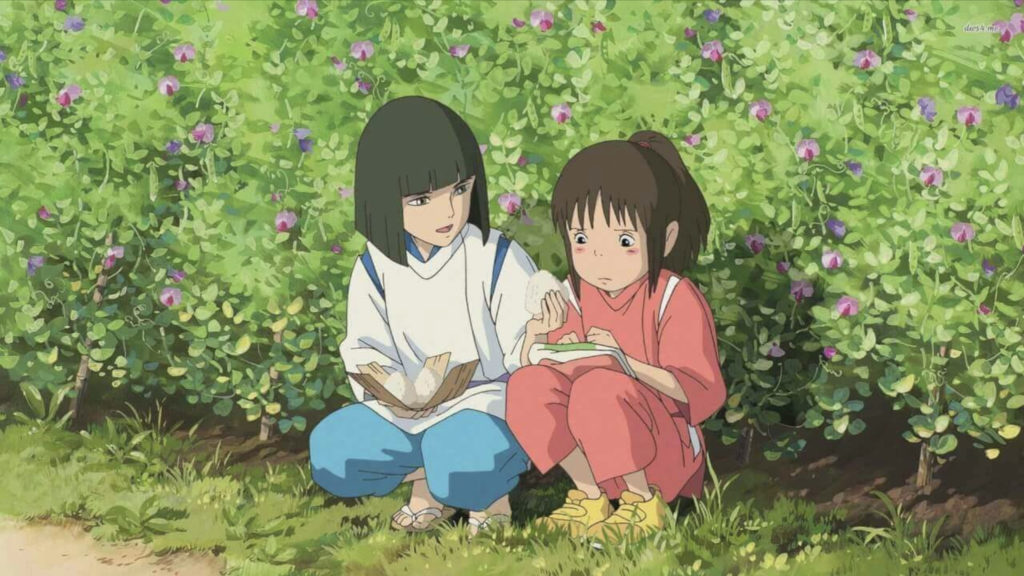
One of the most fertile types of virtual reality stories is isekai (“otherworld”) anime, novels and manga. Manga and novels about travelling to the past or to a fantasy world have been big in Japan since at least the ’80s, but in the last 20 years isekai about “getting trapped or reincarnated in a video game world” have dominated the genre. Tales of nerdy losers finding new lives of power in fantasyland, sometimes with accompanying existential questions (such as the body dysphoria of inhabiting the body of another gender, or an orc, or a lich, or a slime), isekai stories are definitely Dreamland-adjacent. The fact that they’re genre-aware and snarky doesn’t disqualify them; even Dunsany wrote self-referential tales, like “The Hoard of the Gibbelins” where the knight intimidates the dragon into working for him by reminding the dragon, who’s ever heard of a story where a dragon kills a knight? However, most isekai are so INCREDIBLY obsessed with the power-fantasy aspect (whereas many Dunsany & Lovecraft stories are an ironic subversion of this) and INCREDIBLY obsessed with game data (to the point of characters being to look at their own stats and inventory screens), I’ve yet to find one that has any sense of mystery and wonder. Knowing where all the monsters spawn and knowing the numbers for everything isn’t Dreamlandy.
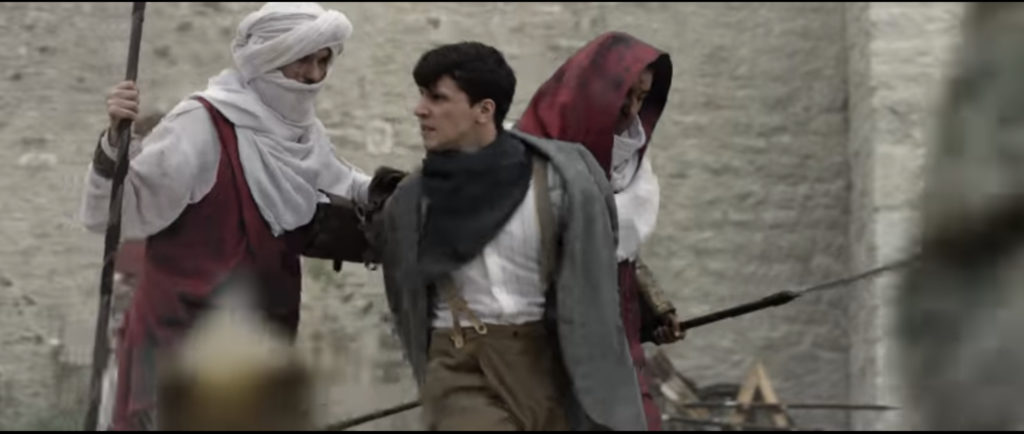
This list is a work in progress. Since at least 2015 or so German filmmaker Huan Vu (Die Farbe/The Color) has been planning an officially Lovecraftian The Dreamlands film treatment; AFAIK final production still hasn’t begun, but a trailer is available on YouTube. And there must be other Dreamland-esque films away from the English language filmsphere, such as Japanese and Chinese fantasy films that have that “intentionally weird fantasy where the past is like an alien planet” feel or the “the fantasy world is a reflection of the subconcious” feel. For me, for now, here’s my picks.
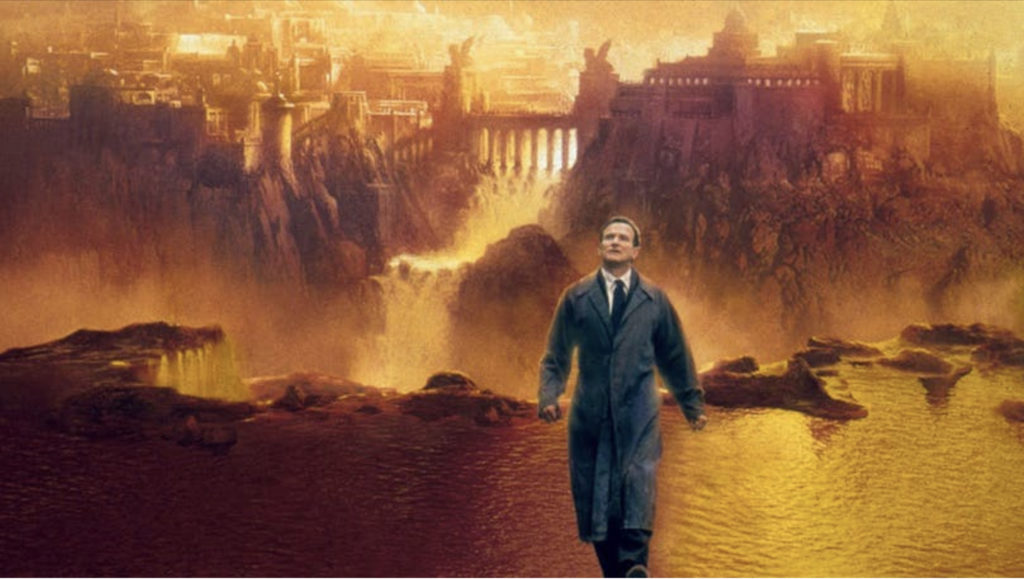
What Dreams May Come (1998)
What’s that you say? So you hate Dreamland because it’s so twee, so rainbow- and sunset-filled, such a Thomas Kinkade vision of fantasy? Well, then, you’ll hate What Dreams May Come, but be thankful that someone threw millions of dollars into showing what this would look like as a movie. Based on a novel-slash-New-Age-book by Richard Matheson, this afterlife fantasy stars Robin Williams, who dies and finds himself in a glorious heaven of beautiful gardens, pseudo-Greek temples, and Cuba Gooding Jr. in the Magical Negro role of Williams’ spirit guide. This pop vision of death as “the place where you are reunited with your loved ones and your dead dog” is more crowd-pleasing than Celephaïs’ vision of death as “the place where you brood forever over your memories of childhood”, though perhaps they’re both equally shallow. A brief visit to a grim gray Hell doesn’t make up for the sub-Gilbert-Williams visual aesthetic of the movie’s other 100 minutes, but it’s still interesting that this exists.
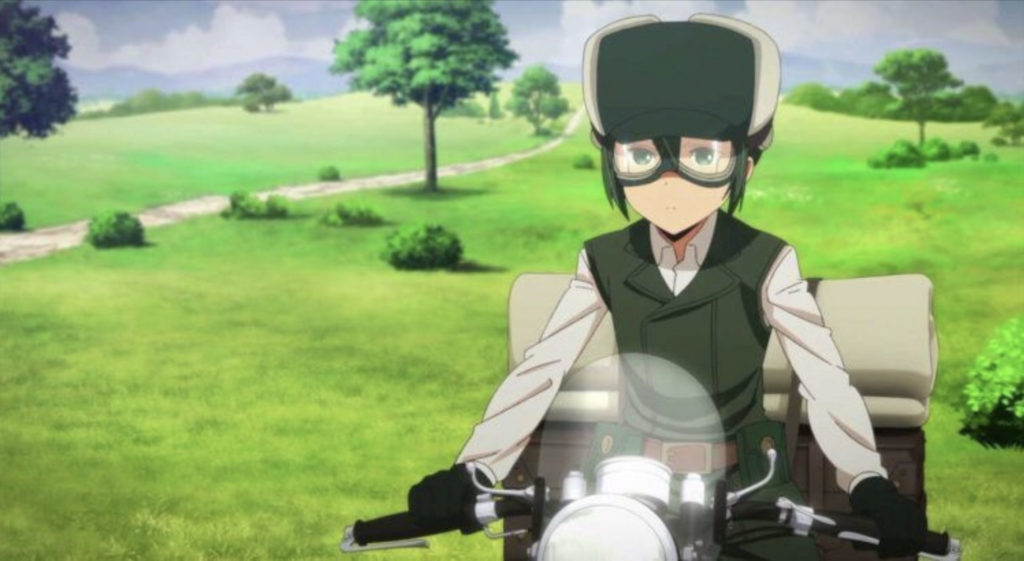
Kino’s Journey (2003, 2017)
At its core, The Dream-Quest of Unknown Kadath is a travel narrative, following a tradition of exotic travel dating back to Herodotus and Marco Polo. These ancient stories were brilliantly homaged in Italo Calvino’s Invisible Cities, and Kino’s Journey is like a sci-fi anime version of the same thing: a blank-slate hero’s journey to one strange country after another, each exploring some philosophical what-if or science-fiction idea. From the Tower of Babel to the country where democracy equals murder, from the land of visible pain to the land where humans exist as banks of brains in jars…this modern fable could very well be a series of postcards from Dreamland. A shame Keiichi Sigsawa’s original novels aren’t translated, though the manga adaptation is.
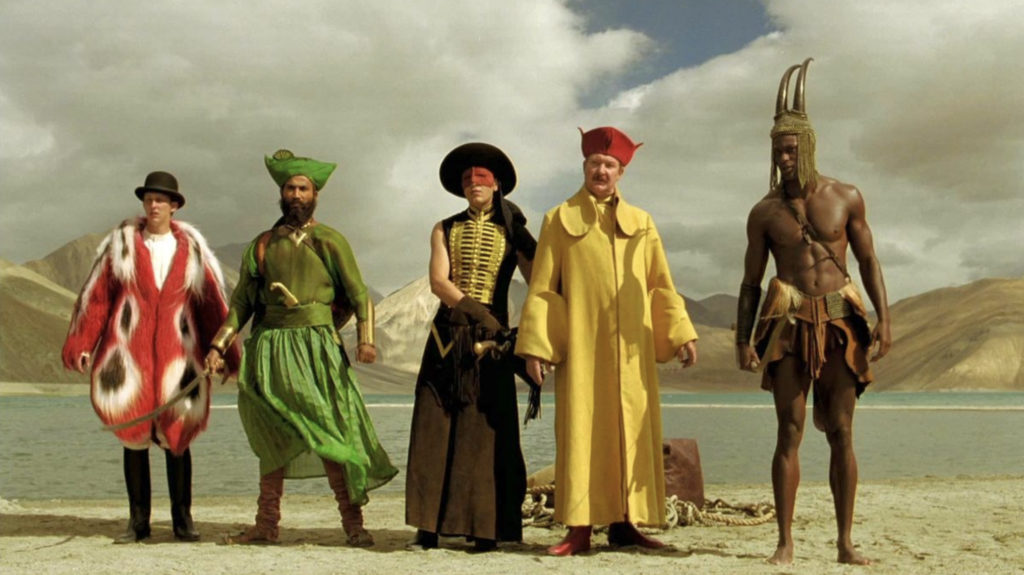
The Fall (2006)
As an injured stuntman tells stories to a little girl he meets in the hospital, the stories bloom into life: the tale of six heroes—a warrior! an ex-slave! a scientist! a bandit! an explosives expert!—on a quest for revenge against the evil General Odious and his soldiers. Visually The Fall is a marvel, each scene an explosion of color, its heroes swashbuckling from yellow deserts to green jungle valleys to castles and minarets in peach and rose. Filmed around the world on location by Tarsem Singh, the kind of feat that may never happen again since it’s so much cheaper to do backgrounds in CG, it’s like a tour of the world’s most exotic locations. Genre fans hoping for the film to establish this-is-all-really-happening-somewhere will be disappointed, and the plot of the fantasy sequences remains as thin as a story made up on the spot to entertain a child (and that’s part of the joke). But the real-world side of the story is genuinely touching, and the collage of cultures and colors in the fantasy side is pure Dreamland.
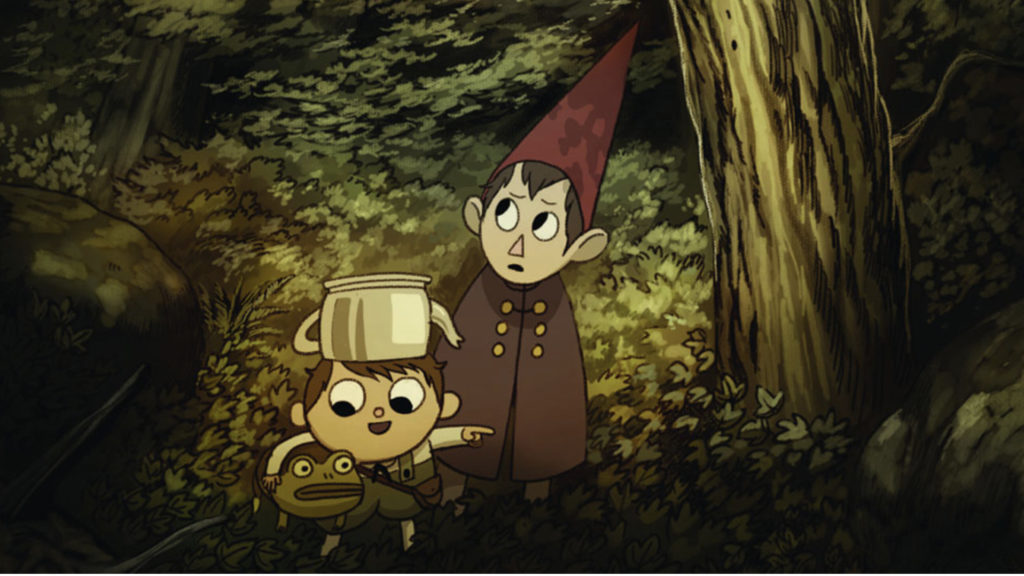
Over the Garden Wall (2014)
Two boys lost in the dark woods, one with a kettle on his head, encounter strange villagers, talking beasts, witches and monsters as they try to find their way home. But what is “home” anyway, and why can’t they remember? With its sepia color tone and old-timey aesthetic, Over the Garden Wall is as evocative a vision of Fairyland as any animated or live-action series in the last 20 years.
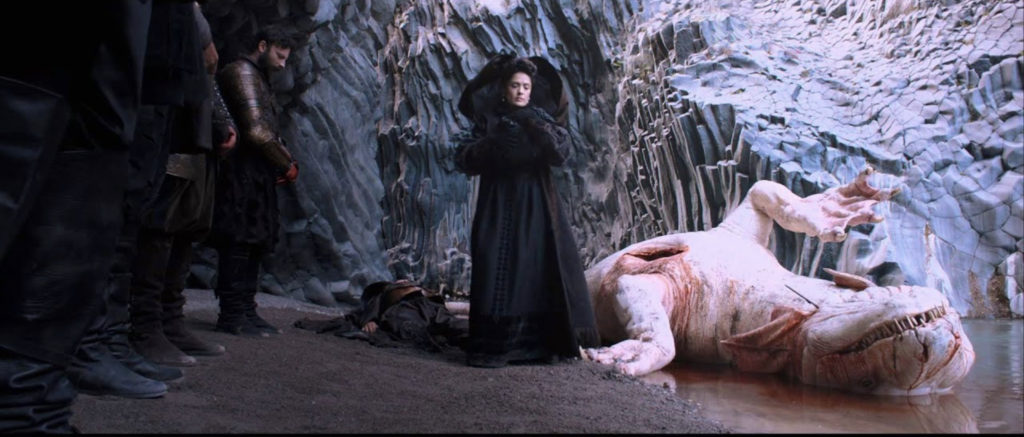
Tale of Tales (2015)
Inspired by a 17th century collection of Italian fairytales, Tale of Tales, like Jim Henson’s Storyteller, shakes off Disneyfied fairytales and goes deep, deep into the past, where imagery is weird and moral lessons are obscure. In this anthology film’s three stories, a queen hunts and eats the heart of a sea monster so she can bear a child; an old crone plots to restore her youth so she can marry a lustful noble; and a doddering king raises a pet flea to the size of a small cow, upon which the flea…but it’s too strange to explain. Clearly greenlit when Game of Thrones was at the height of its popularity, these adult fairytales contain graphic violence, sex and (mostly offscreen) rape. But the special effects, scenery and costumes are fabulous, transporting the viewer to a world of dream logic, cruelty and wonder.
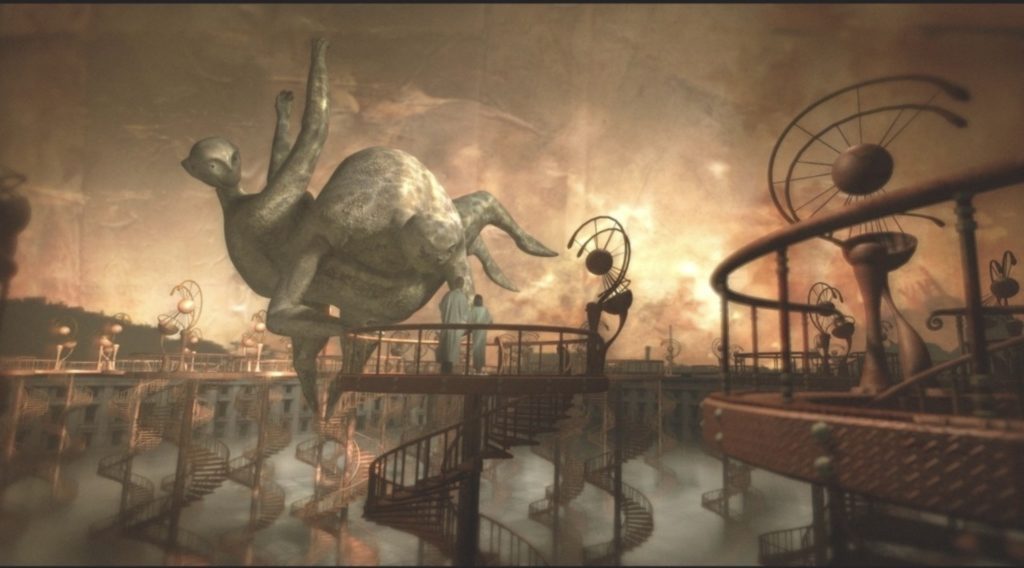
HONORABLE MENTIONS
The Naked Lunch (1991)
One of the few filmic visions of drug-Dreamland, David Cronenberg’s adaptation of the William S. Burroughs book successfully makes a horror-movie narrative out of Burroughs’ nonlinear ‘novel’. On the surface, it’s paranoid, queer, insect-infested world is nothing like Lovecraft or Dunsany… but from another perspective, the North African setting, seen as a dark playground for colonial desires, is a grimy 1950s successor to Lovecraft and Dunsany’s 1920s Orientalism.
Spirited Away (2001)
Hayao Miyazaki’s vision of Fairyland, the hidden world of yokai (monsters) and spirits, is one of his classic works. Color, beauty, and fairytale moral lessons (i.e. work hard and maybe you’ll get your soul and your parents back) combine with truly strange monsters.
MirrorMask (2005)
Essentially an attempt to redo Labyrinth with Dave McKean standing in for Brian Froud and CG standing in for puppetry and sets, and tragically no David Bowie, MirrorMask isn’t a great movie. The not-that-high-budget “actors in front of a greenscreen” gets old, and the plot, about a City of Light vs. the Land of Shadows, suffers from excessive obviousness. But considering how rare these kinds of fantasy-dreamworld movies are, it’s worth a watch for its occasionally interesting designs and the dream-doppelganger splitting of the hero’s ego.
Pan’s Labyrinth (2006)
Set in 1930s Spain, this dark fairytale sets amazing monster visuals against the fascist grimness of adult “reality”, making a small masterpiece of fantasy-horror.
Where the Wild Things Are (2009)
Young Max runs away from home, over the seas to the land of the Wild Things: great bellowing, pawing, insecure animatronic beasts who dance and revel and fight for dominance and ponder cosmic questions such as the inevitability of death and the vastness of the stars. This big-budget adaptation of Maurice Sendak’s classic children’s book is an art film, not a children’s film.
The Place of No Words (2020)
This indy movie cuts between the real world—where the father of a young child is slowly dying of cancer—and a fantasy world where father and son are Viking warriors on a quest, encountering kindly fairies, scary hairy things, and farting swamps. Almost an autobiographical movie (father, mother and son play themselves, though the cancer is fictional), this film jumps around in time between “real life” and quaint/silly/lovely fantasy scenes that feel as if a little kid actually wrote them (echoes of Axecop). The fantasy is never acknowledged as “real”, but the emotional impact is powerful, adding up to something like a cross between Where the Wild Things Are and a microbudget version of The Fall.
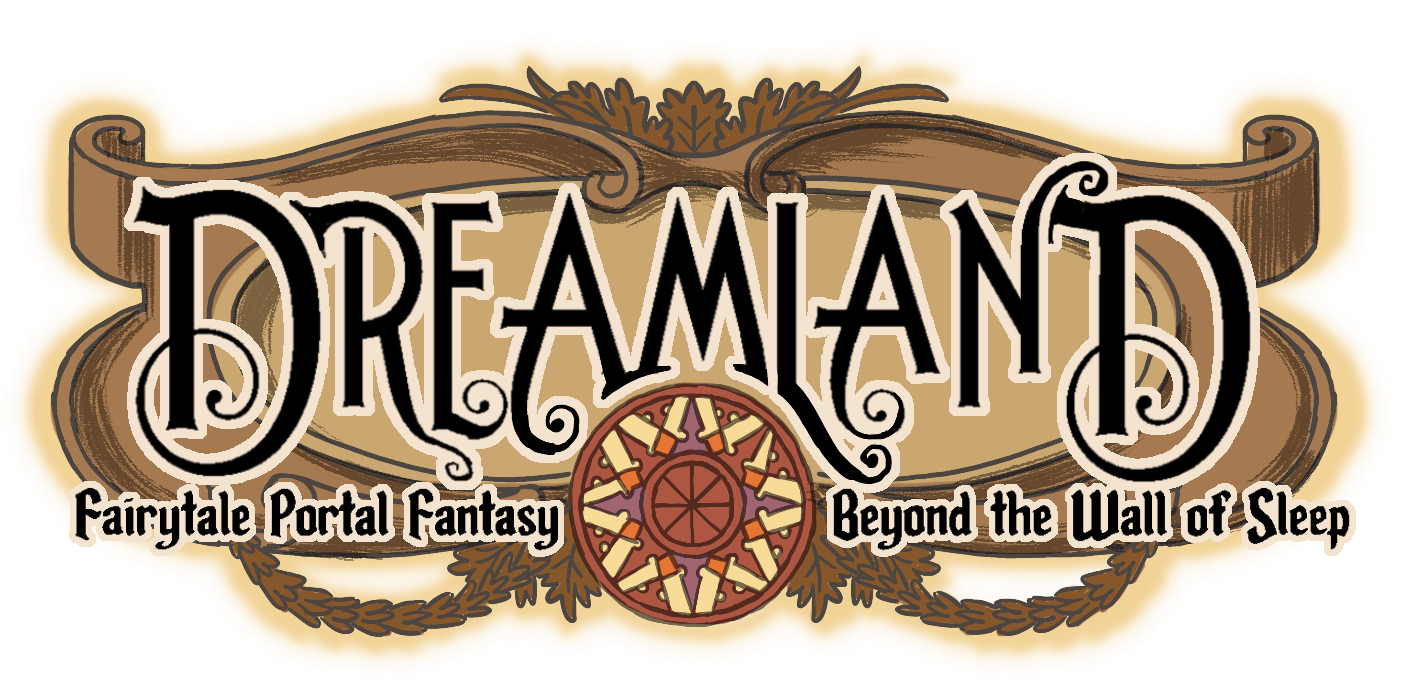
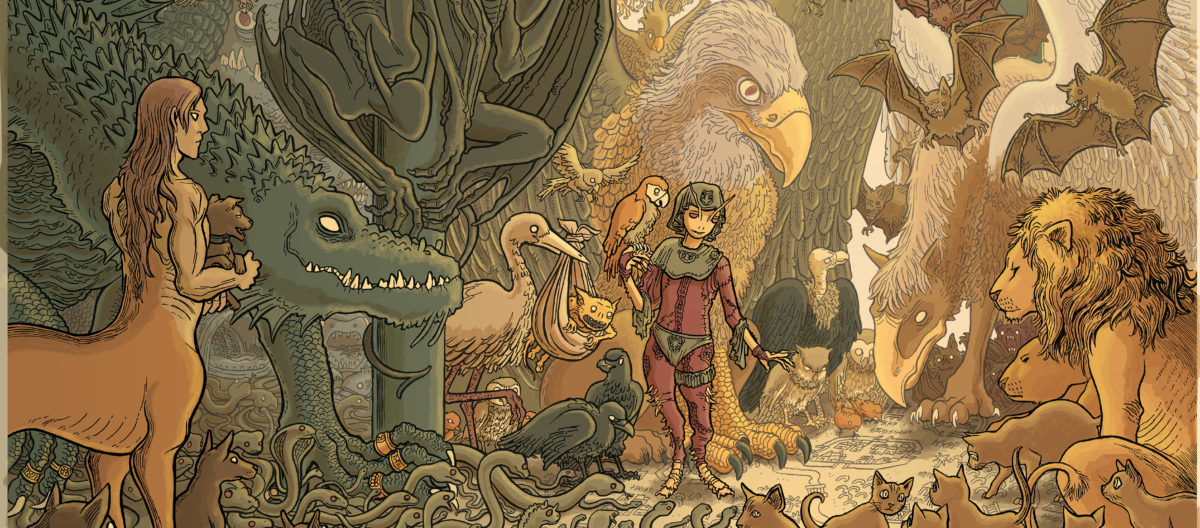
a couple of movies which may belong on your list:
* Valerie and Her Week of Wonders (directed by
* Black Moon (directed by Louis Malle)
* Brazil (I think you must have forgotten this one)
* The Congress (directed by Ari Folman). this does fall into the category of films which rationalize its premise with science fiction tropes. but see this film anyway. a work of true beauty.
the last one
Thank you — I can’t believe I hadn’t heard of “The Congress” or “Black Moon”! I’ll check those out ASAP!
I’ve seen “Valerie” and it could definitely go on the list. I love “Brazil” and it certainly has the element of amazing dream sequences interspersed with a bleak reality, but I think I’d leave it off based on the idea that the dreams aren’t persistent or shared and are pretty clearly just the protagonist’s internal fantasy life. But of course that also applies to some other movies on that list…! Anyway, it’s definitely a great movie.
These are great lists! Have you seen this year’s The Green Knight? I feel like it would fit in here. Also perhaps some others:
Beauty And The Beast (1946, Jean Cocteau), not to mention aspects of his Orphic Trilogy.
Maybe even The Seventh Seal (1957, Ingmar Bergman) and his version of The Magic Flute (1975)?
Kwaidan (1964, Masaki Kobayashi)
Wu Xia movies? I think certain ones like Zu: Warriors from the Magic Mountain (1983, Tsui Hark) would fit here.
Twilight of the Ice Nymphs (1997, Guy Maddin)
These are just some ideas…!
Sorry for the year-long delay, but thank you so much for the ideas! I’ve seen The Seventh Seal but I really need to see the others, especially Green Knight and Twilight of the Ice Nymphs!
Today I learned about incoming short movie based on “Celephaïs”. Here’s some details:
https://rue-morgue.com/exclusive-photos-comments-lovecraft-movie-celephais-with-tony-todd
Thanks!! This looks promising… I hope they have the budget for some fancy Dreamlandy sets and costumes, or even CGI backgrounds…. but anyway I’m curious to see this!